The Future of xP&A and Supply Chain Planning – Part 2
Supply Chain Trend
JUNE 29, 2023
It requires planning highly integrated with other business functions, a transformation of analytics , and a business partner culture, which combined lead to the requirement for modern FP&A skills in the workforce. It must be able to read multiple data sources and dynamically update those sources if required.





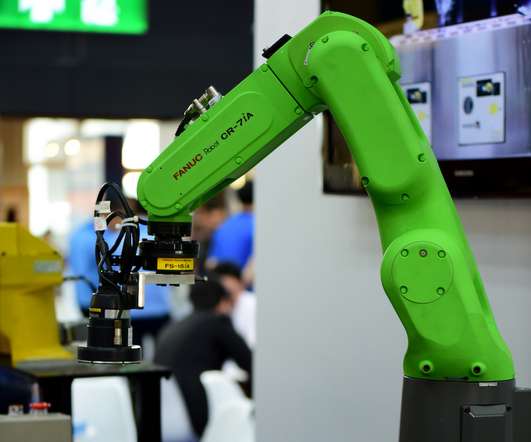

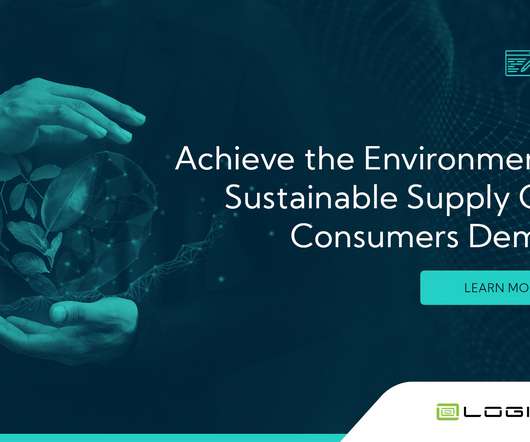
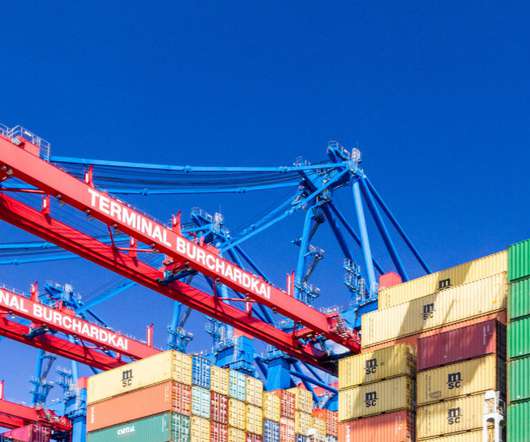

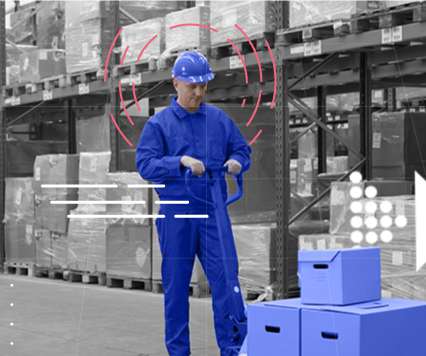
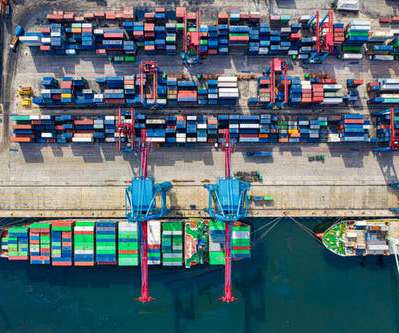

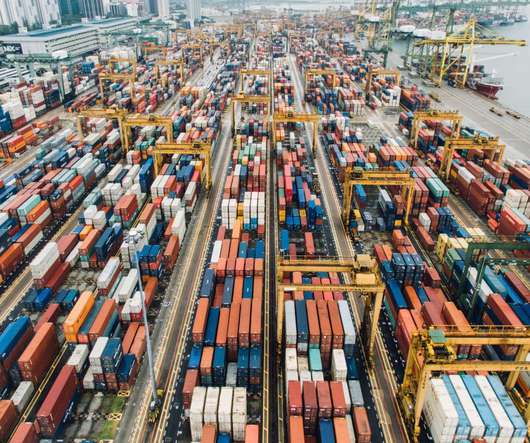
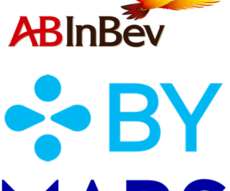











Let's personalize your content